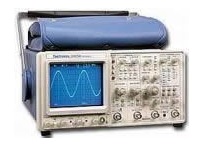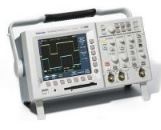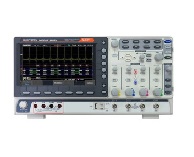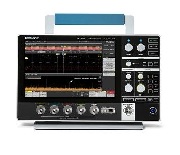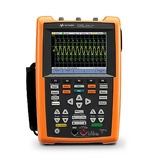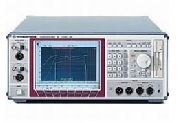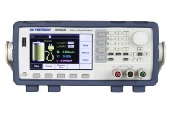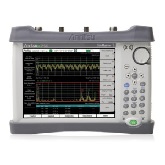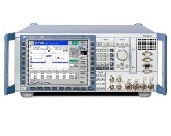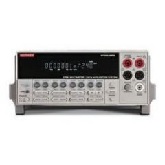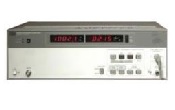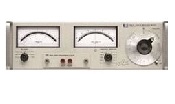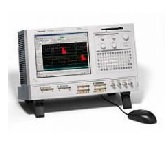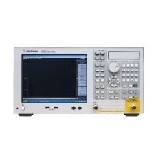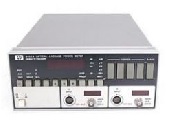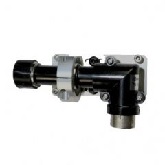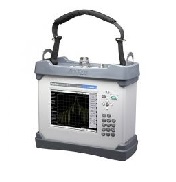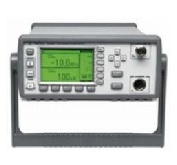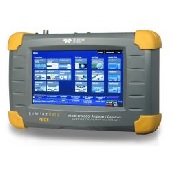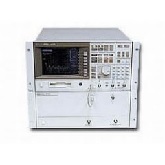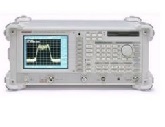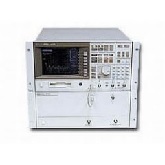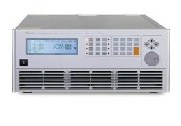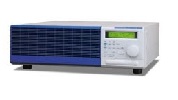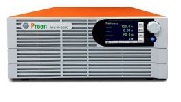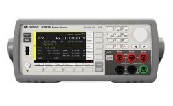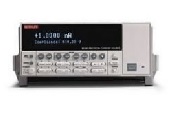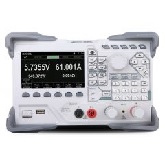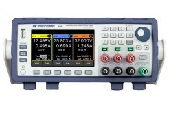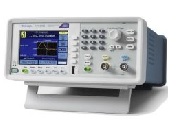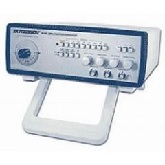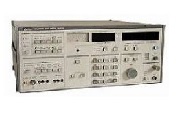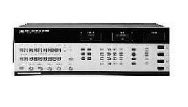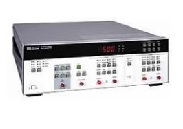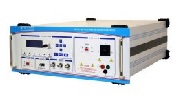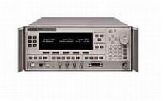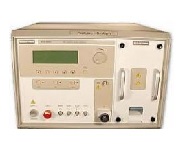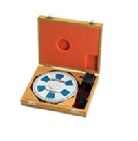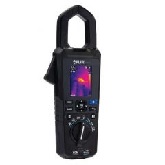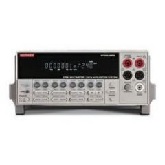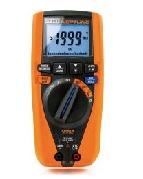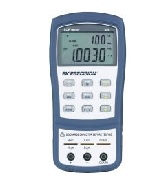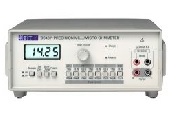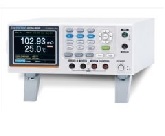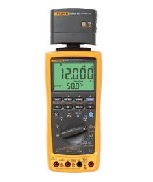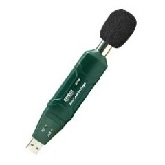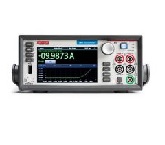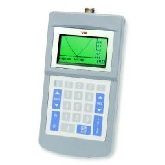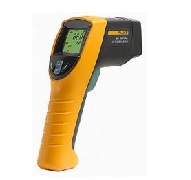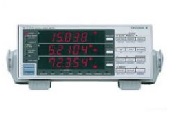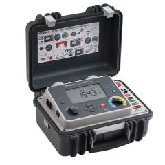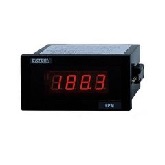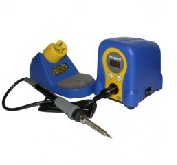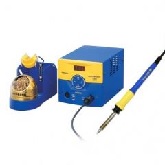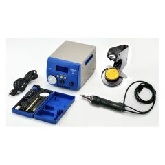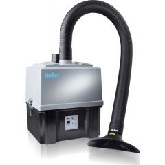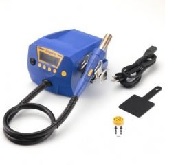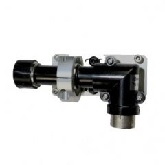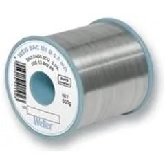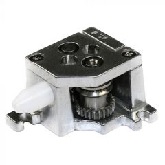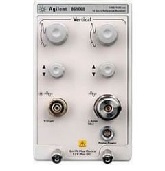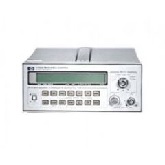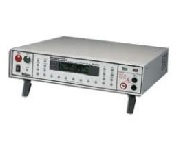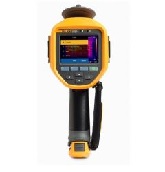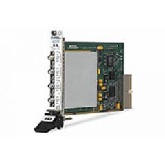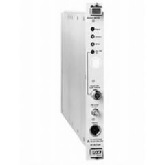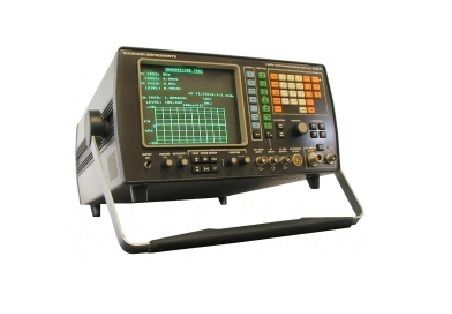Additional Features:
- Comprehensive testing facilities for AM/FM/ΦM transceivers to 1000 MHz
- Sensitive receiver for off-air transmitter monitoring with 2955R
- Full duplex facility tests radio telephones and cross-band repeaters
- Sequential and revertive tones, DTMF and DCS encoders/decoders
- Menu driven CRT display with 26 stores for recall of standard settings
- Precision digital readouts and autoranging bar charts for rapid testing
- Built-in self test and operator guide
- System checking of simplex transceivers in less than 3 seconds
- Operation from any standard ac supply up to 400Hz or vehicle supply
- Digital scope with single shot for peak modulation setting
- GPIB or RS232 for full instrument control
- High stability OCXO fitted as standard
The Marconi 2955 series Radio Communications Test Sets combine all the instruments required for transceiver testing within a single unit. Designed for bench and mobile field service applications in maintenance workshops, the instruments are lightweight, portable and may be operated from all standard AC supplies, or vehicle supplies.
Comprehensive facilities are provided for testing all types of AM, FM and ΦM mobile radio equipment, including low-power hand portables and mobiles using selective calling, full duplex radio telephones, digital pocket pagers, base station and repeater equipment.
Major users include mobile radio manufacturers, providers of mobile radio telephone networks, service maintenance workshops, commercial and public service organizations, and the military.
Comprehensive Measurements
The 2955A comprises 19 instrument functions for transceiver testing: RF power meter, RF frequency meter, modulation meter, RF signal generator dual AF signal generators, AF frequency meter, AF voltmeter, 1 kHz AF distortion meter, S/N and SINAD meter, sequential tones encoder/decoder, DTMF encoder/decoder, digitally coded squelch (DCS) encoder/decoder, POCSAG digital pager encoder and digital oscilloscope. This comprehensive instrument also functions well as a low-cost ATE system, or as a set of general-purpose test equipment for production, service or laboratory use.
Simple Set-Up
Operation of the test set is by keys, which configure the instrument functions to test either a transmitter and receiver together in full duplex mode, or independently for simplex or semi-duplex operation. A large CRT display provides the operator with all generated and measured information relating to a particular test, and a direct indication of controls in use. Setting up the instrument for a particular test involves selection of the appropriate color identified keys in a logical left-to-right sequence. As the operator selects the required keys, the screen indicates the test mode selected and highlights the function accessed in reverse screen video. This informs the operator which frequency or level parameter is then available for control.
Controls and Indications
Setting of specific test channel frequencies, modulating levels and output levels etc. is via a numeric key pad. However, for convenience and speed of operation, three variable controls are provided. Programmable incremental keys for frequency and level allow the operator to define any INC/DECrement size, within the range and resolution of the test set. This facility enables rapid channel stepping for checking of multi-channel radios, and simplifies receiver bandwidth and AGC testing. For tests requiring fine adjustments of frequency or level, such as squelch threshold measurements or sub-audible tone deviation settings, a rotary variable control is available.
Large Clear Display
The CRT display provides the flexibility for measurements to be presented in digital form for precise unambiguous readings, from which a hard-copy printout can be obtained. It also allows measured information to be presented in analog bar chart form, which is convenient for providing adjustments such as simple peaking indications. Comparative measurements between positive and negative peak deviation are available to check modulation symmetry.
In transmitter, receiver and audio test modes, a digital storage scope facility is provided. When testing transmitters, the scope's vertical scale is directly calibrated for modulation measurements: a single-shot facility allows the user to measure peak-to-peak modulation. This peak hold function is invaluable for setting the modulation limiter circuits in the radio, and for ensuring that maximum permissible deviation is not exceeded.
| Manufacturer | Marconi |
|---|---|
| Condition | Used |


